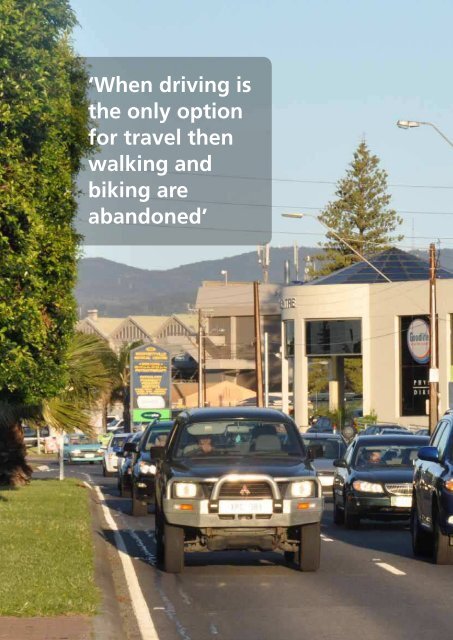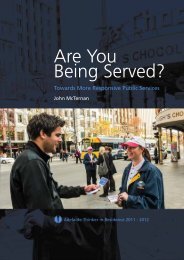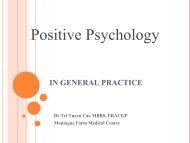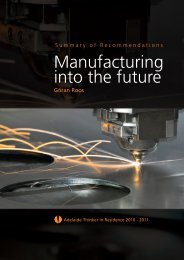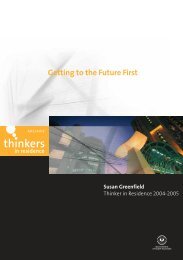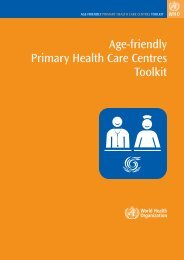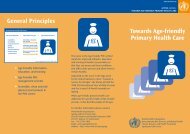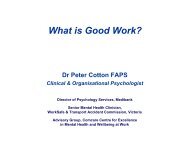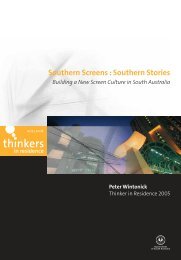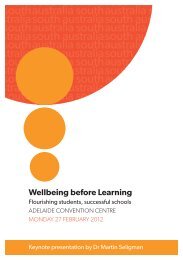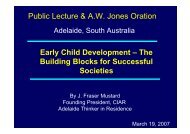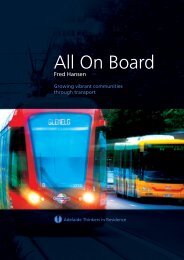Download pdf of Fred Hansen's report - Adelaide Thinkers in ...
Download pdf of Fred Hansen's report - Adelaide Thinkers in ...
Download pdf of Fred Hansen's report - Adelaide Thinkers in ...
- No tags were found...
You also want an ePaper? Increase the reach of your titles
YUMPU automatically turns print PDFs into web optimized ePapers that Google loves.
‘When driv<strong>in</strong>g isthe only optionfor travel thenwalk<strong>in</strong>g andbik<strong>in</strong>g areabandoned’Introduction<strong>Adelaide</strong> is a wonderful city <strong>in</strong> a special and unique region <strong>of</strong>Australia. The city and its greater metropolitan area are at the gatewayto Australia’s premier w<strong>in</strong>e country, the Outback, Kangaroo Island,the South Coast region and the extensive wildlife found throughout.And <strong>in</strong> the urbanised areas there are rich cultural, sport<strong>in</strong>g and<strong>in</strong>tellectual challenges. The attractiveness <strong>of</strong> the area is attested toby the commitment <strong>of</strong> the population to their way <strong>of</strong> life and toprovid<strong>in</strong>g a susta<strong>in</strong>able and quality environment for their childrenand for future generations. While these attributes are strik<strong>in</strong>g andwonderful, <strong>Adelaide</strong> has neither fulfilled its potential nor fully met thenew challenges fac<strong>in</strong>g it.I N T R O D U C T I O NQuality <strong>of</strong> lifeFirst and foremost, sprawl<strong>in</strong>g development patterns have threatenedrich agricultural lands and sped up environmental degradation. With<strong>in</strong>its current boundaries the spread <strong>of</strong> the greater metropolitan area hasensured that many families have had to live far from their necessarydest<strong>in</strong>ations <strong>of</strong> jobs and shopp<strong>in</strong>g, and so have to regularly drivesubstantial distances. The result has been challenges to their budgets,the environment through motor vehicle pollution, and their familyrelationships by hav<strong>in</strong>g to spend so much time <strong>in</strong> travel. These choicesto spread out have been driven by affordability as well as a perceptionthat this lifestyle produces a higher quality <strong>of</strong> life.The questions fac<strong>in</strong>g <strong>Adelaide</strong> are not only how to ensure that thequality <strong>of</strong> life people enjoy today can be ma<strong>in</strong>ta<strong>in</strong>ed, but also howthat quality can be enhanced. The need to answer this vital questionis urgent, particularly <strong>in</strong> the face <strong>of</strong> a projected population growth<strong>of</strong> 560,000 people by 2030. For as we all know, once created, thebuilt environment is very difficult to alter or retr<strong>of</strong>it, and it is the builtenvironment that is the greatest determ<strong>in</strong>ant <strong>of</strong> our travel patterns– patterns that over the past 70-odd years have meant that we drivefurther and further to activities and places when previous generationswould walk or bike. The result has been a degradation <strong>of</strong> our quality<strong>of</strong> life, more pollution and more time away from family and friends.Health effectsRecent research also shows another, and perhaps more critical byproduct<strong>of</strong> this development pattern: record obesity rates. Whendriv<strong>in</strong>g is the only option for travel then walk<strong>in</strong>g and bik<strong>in</strong>g areabandoned. This has been particularly acute among school-agedchildren, where the spike <strong>in</strong> obesity rates has been most pronounced.FRED HANSEN: ALL ON BOARD FRED HANSEN: ALL ON BOARD 1


